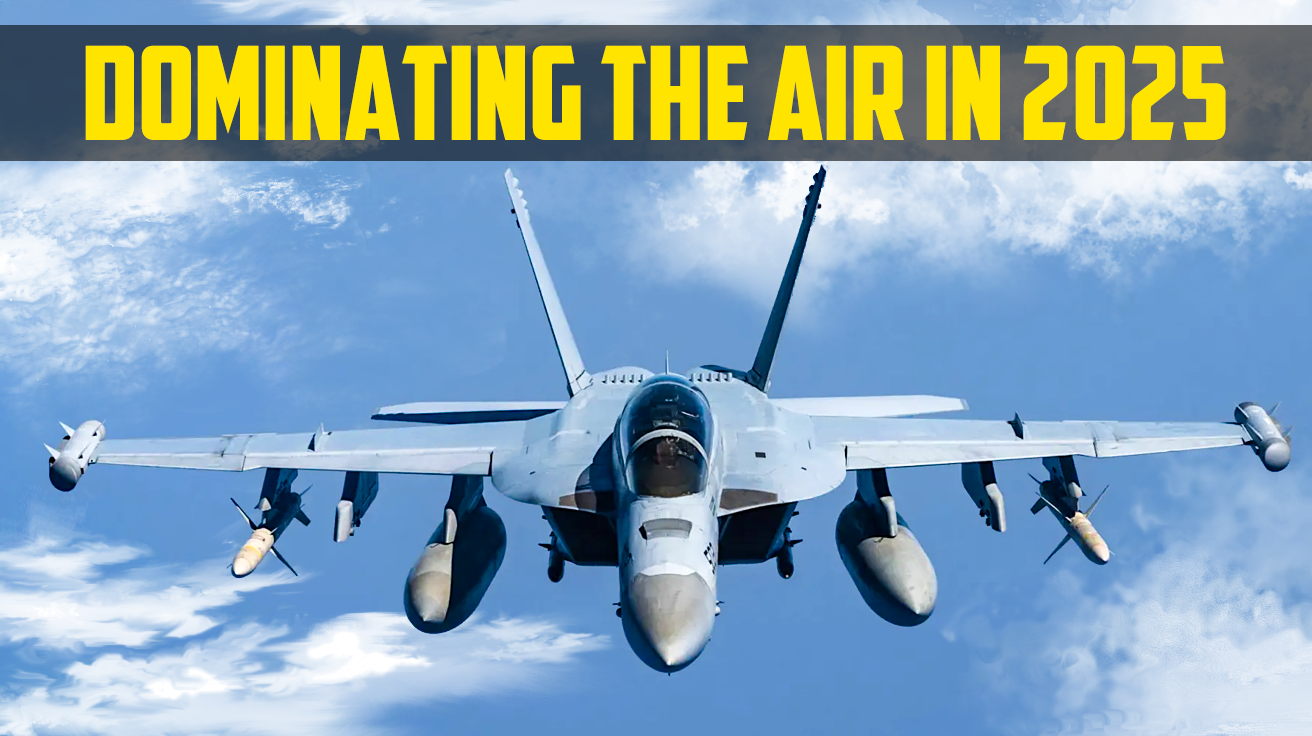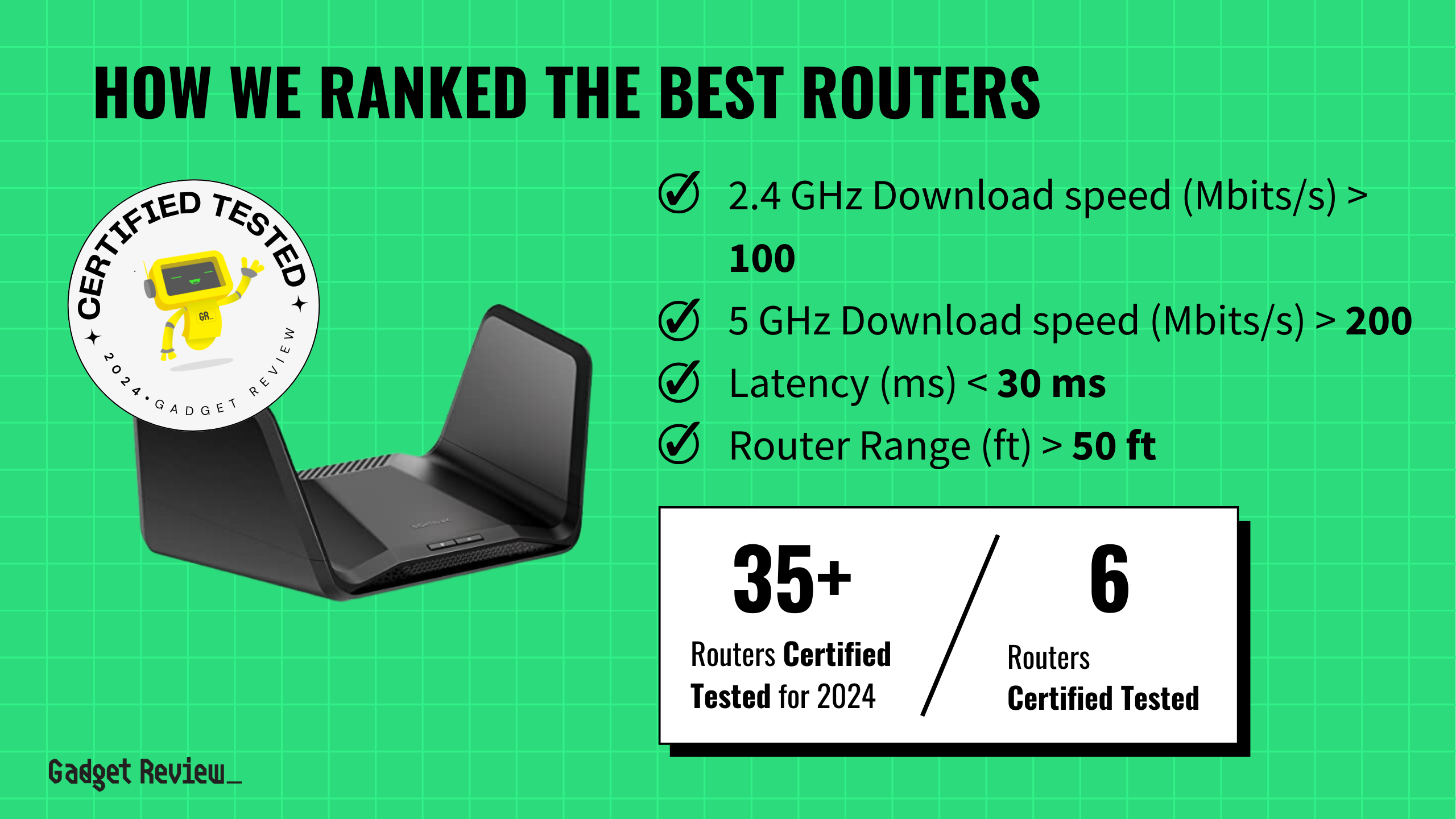Artificial intelligence is permanently changing military aviation, and it’s happening faster than you think. Countries around the world are launching autonomous combat aircraft that can match or exceed human pilot capabilities in certain scenarios. From Turkey’s stealth-capable Kızılelma to Australia’s Ghost Bat, these systems are already conducting test flights and proving missions. The technology represents billions in research and development across multiple nations.
The age of AI-enhanced aviation has quietly arrived.
11. Bayraktar MIUS
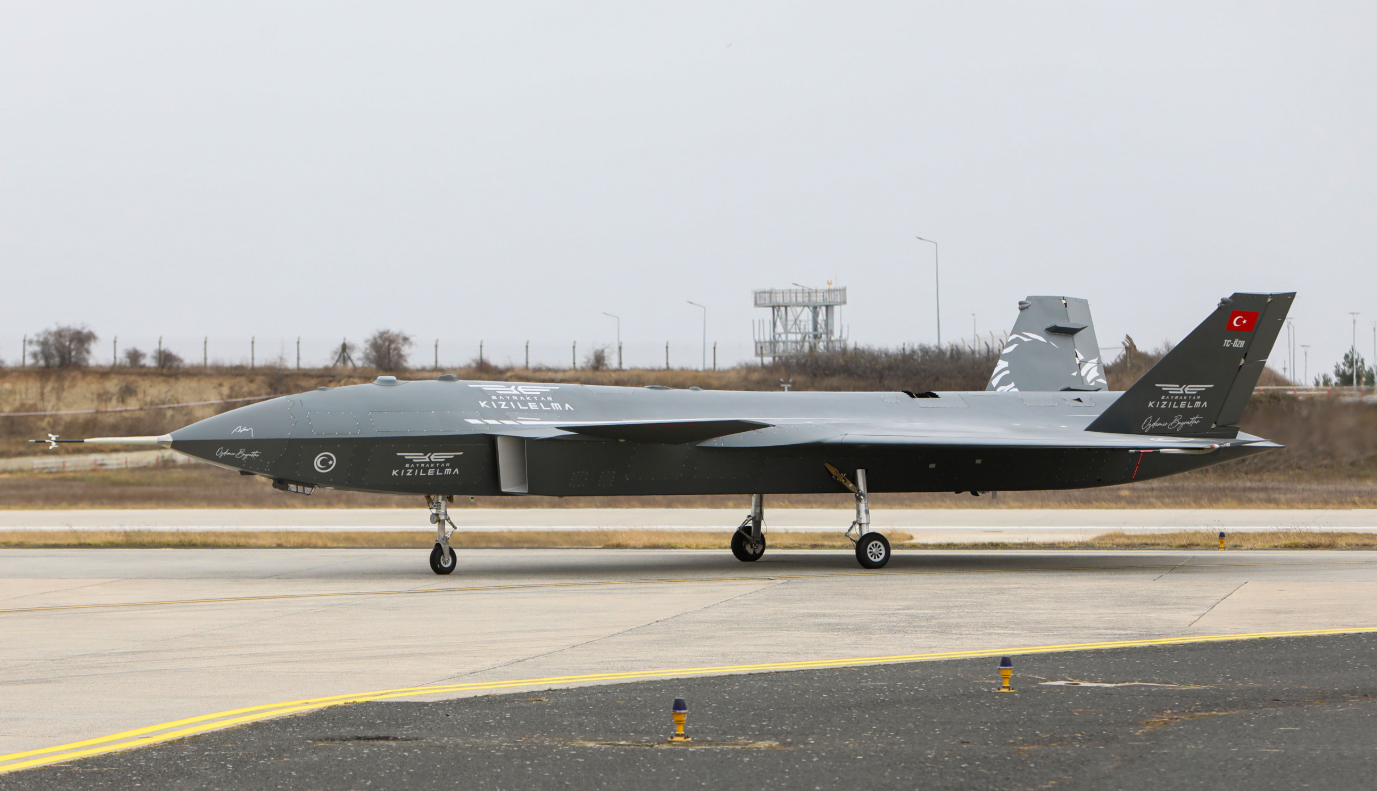
Turkish engineering advances unmanned combat with the stealthy Kızılelma. When you need to maintain air superiority, this platform delivers with near-sonic speeds through innovative aerodynamic design. The aircraft carries a 1,500 kg payload while vertical tails and canards ensure exceptional maneuverability. Current operations at 45,000 feet put this unmanned warrior well above conventional air defense networks.
10. Baykar Bayraktar TB3
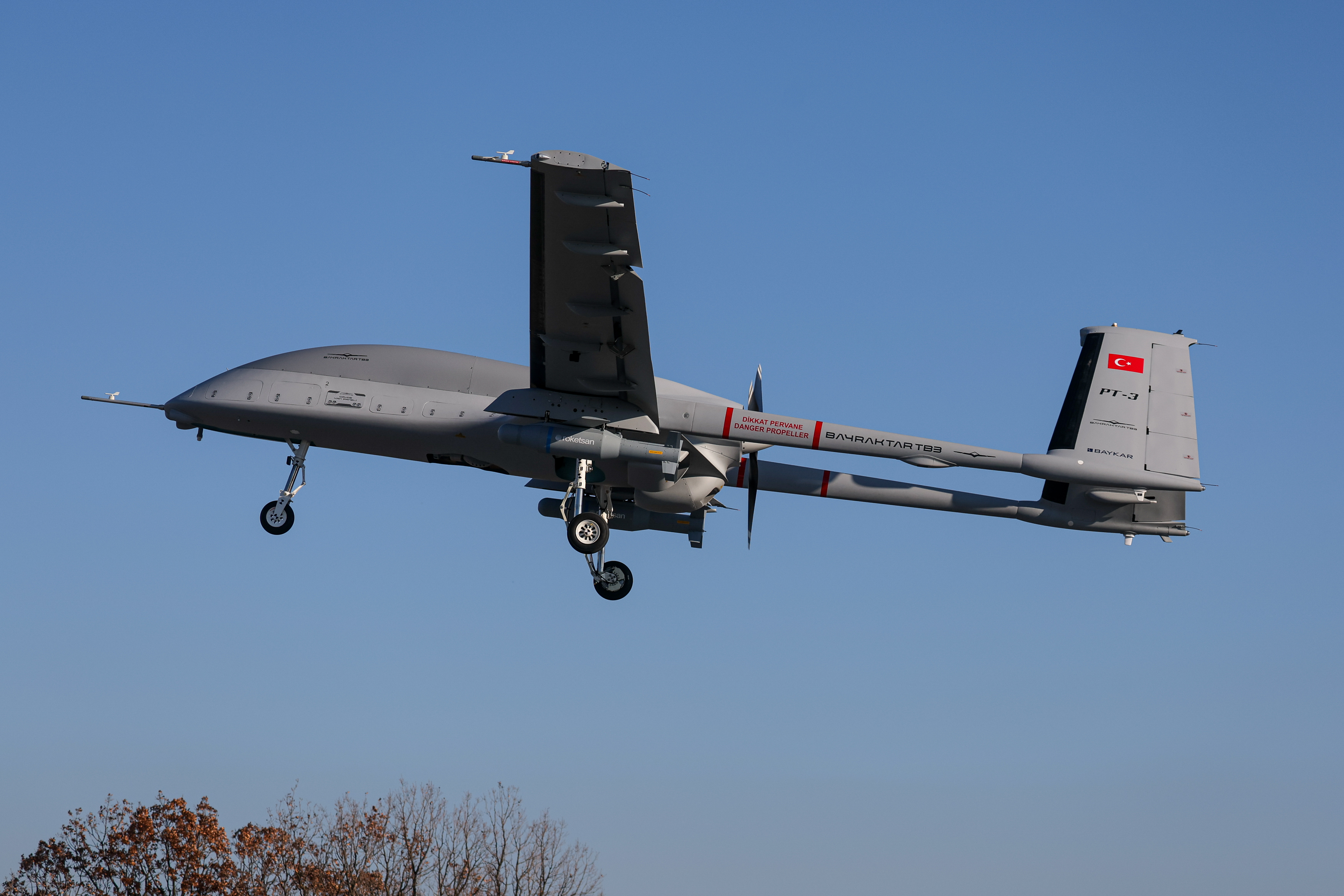
The Bayraktar TB3 transforms naval operations through short takeoff and landing functionality. Ever wondered how to launch a combat drone from a ship? Six weapon hardpoints and adaptive flight controls maintain 125-knot cruise speeds in challenging conditions. Initial deployment tests demonstrate 1,000 nautical mile ranges, rewriting the playbook for maritime air operations.
9. Tai Anka-3
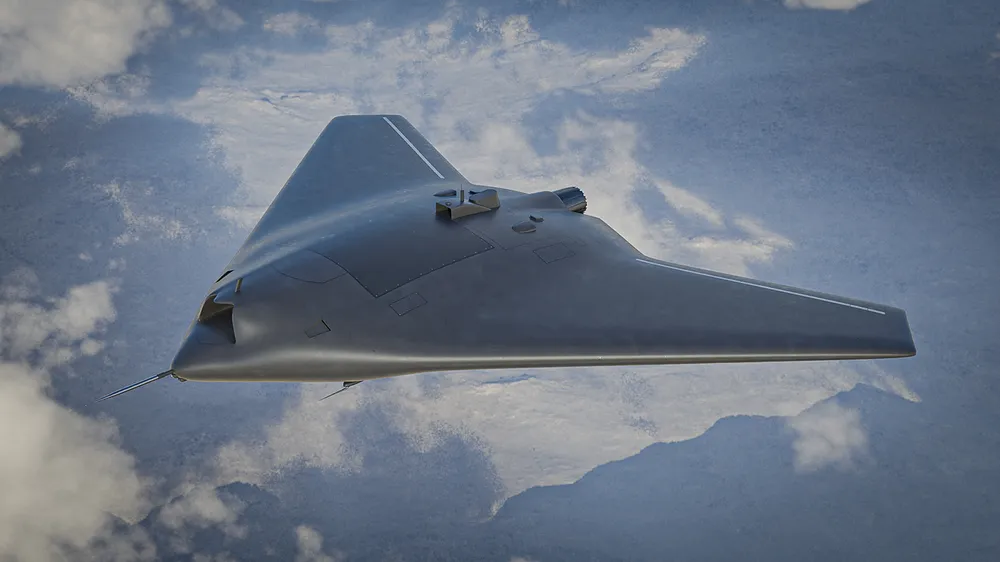
The Anka-3’s clean-sheet design emphasizes stealth and mission flexibility. Turkish Aerospace created this platform for autonomous operations and electronic warfare dominance. A 1,300 kg payload capacity supports extended mission profiles. Field commanders now have a ghost in their arsenal, invisible to conventional radar but lethal in execution.
8. NH90 TFRA Standard 2
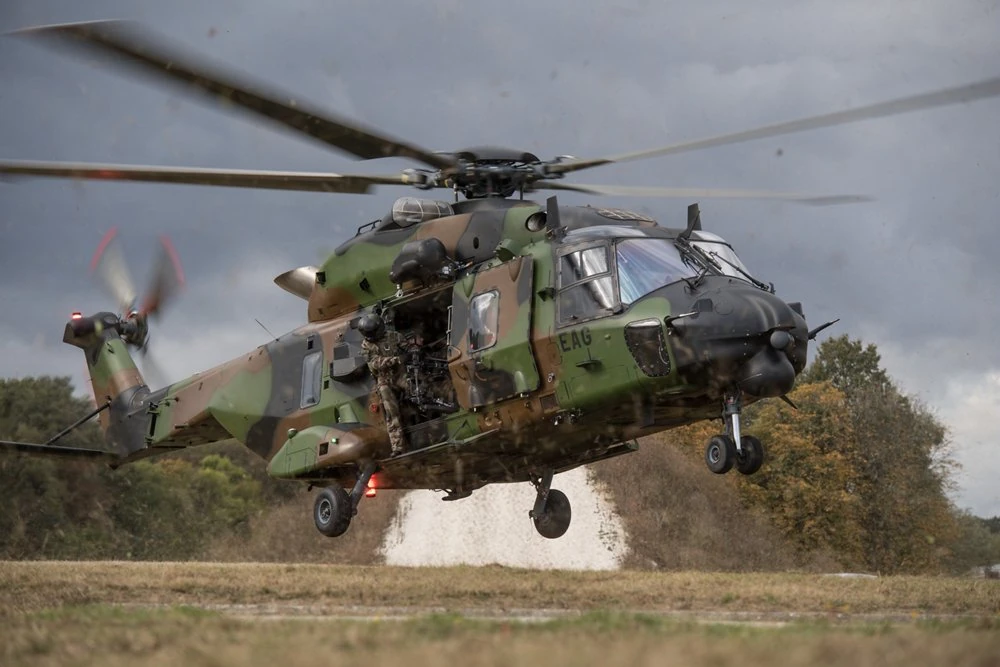
Think special operations couldn’t get more sophisticated? The NH90 TFRA Standard 2 proves otherwise. Next-generation sensors enhance battlefield awareness through precise mapping and threat detection. Extended fuel capacity maintains tactical flexibility with full defensive options. France’s 18-unit order signals a new chapter in covert operational capabilities.
7. KAI LAH
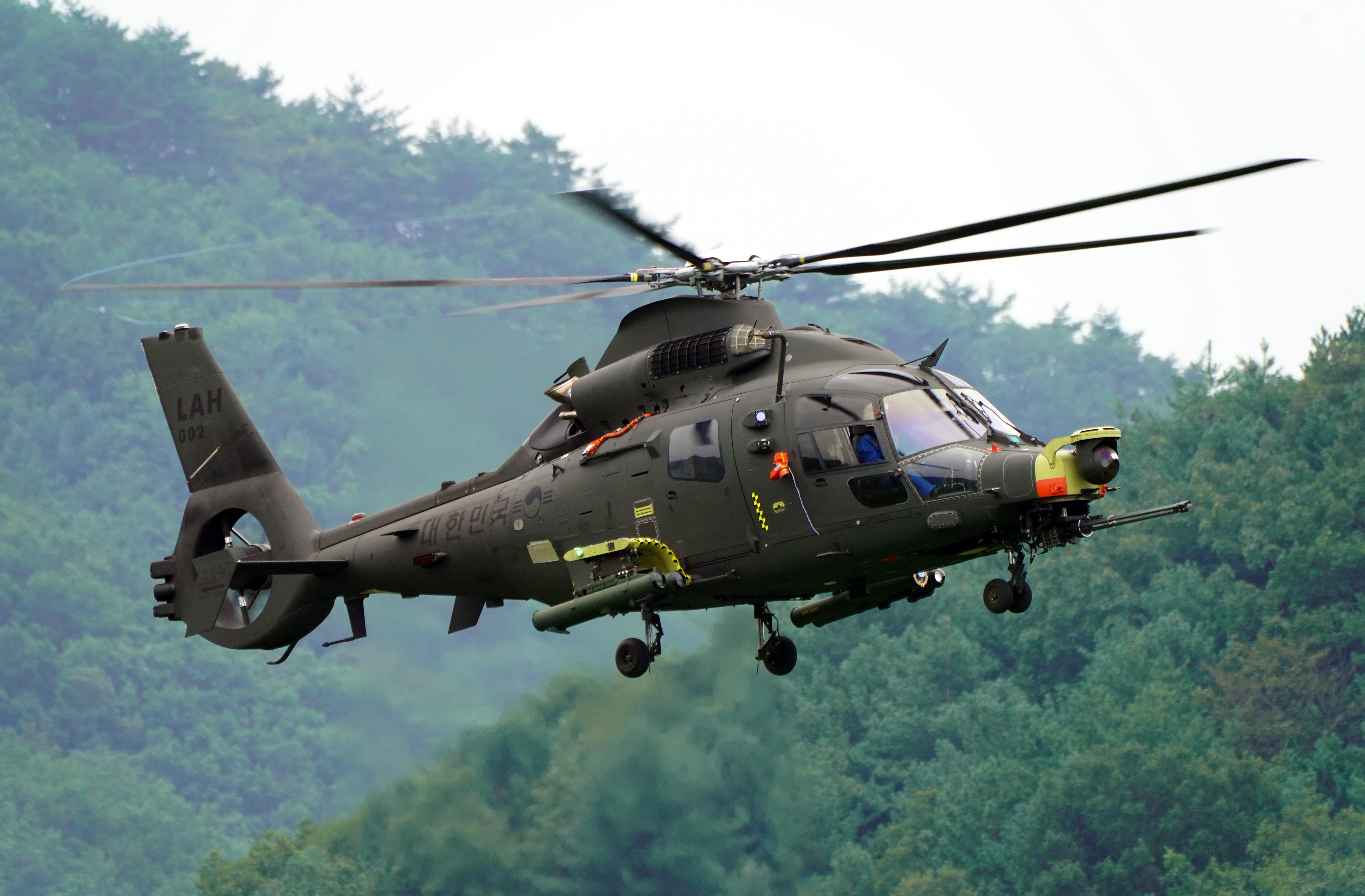
Korea’s twin-engine combat helicopter delivers versatile battlefield support. Achieving 243 km/h speeds and 857 km range, this platform responds faster than you can say “close air support.” The 20mm rotary cannon provides precise fire support. Multiple hardpoints adapt to varying mission requirements, turning tactical challenges into strategic advantages.
6. Beriev A-100

The A-100 exemplifies modern early warning aircraft design. Built on the Il-76MD-90A airframe, this platform features enhanced turbofan engines and electronic warfare systems. Threat detection extends to 600 kilometers, while advanced processors manage complex battlespace data. Every aircraft in the region now operates under its watchful eye.
5. Xi’an KJ-600
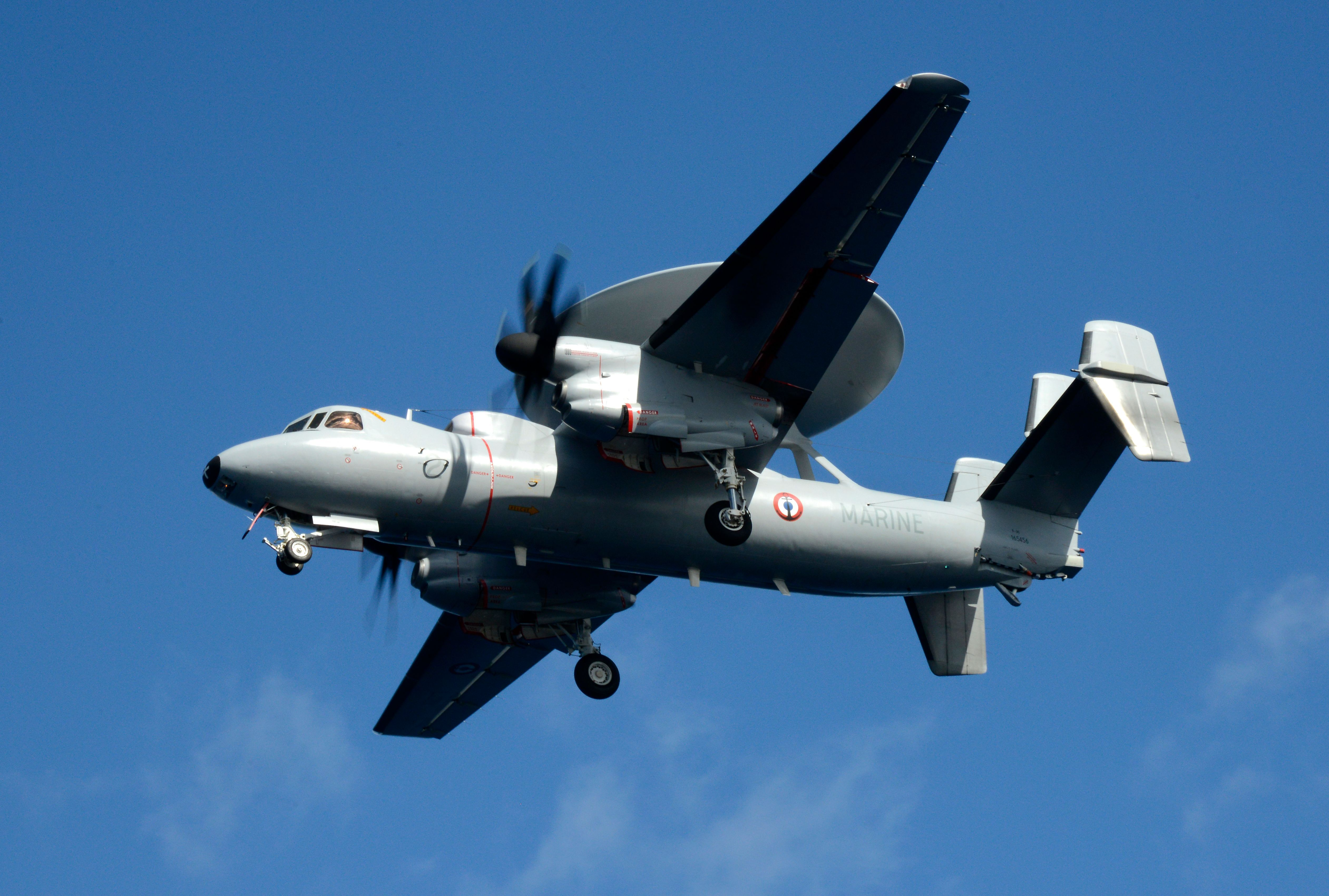
China’s carrier-based early warning aircraft features distinctive quad-tail engineering. 693 km/h operational speeds maintain effective radar coverage across maritime environments. Detection ranges reach 1,250 kilometers from Type 003 carrier deployments. Pacific naval operations will never be the same.
4. Boeing MQ-28 Ghost Bat
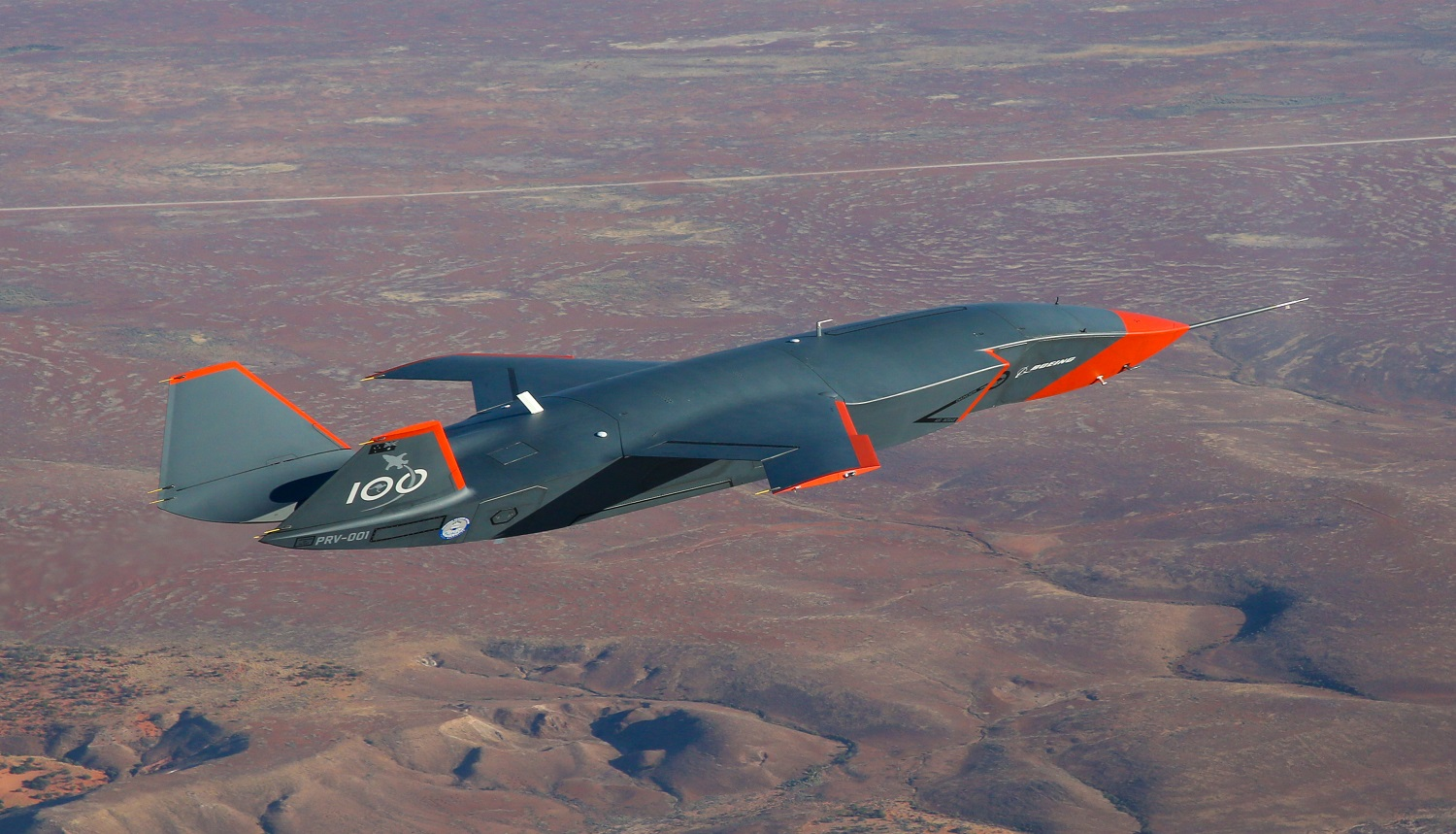
The Ghost Bat advances unmanned combat through Australian and American collaboration. You might miss it on radar, but enemy forces won’t miss its impact. Fighter-level maneuverability merges with stealth design principles. That 2,000 nautical mile range doesn’t just extend missions – it rewrites the rules of engagement.
3. Boeing MQ-25 Stingray

The Stingray pioneers carrier-based unmanned refueling. Stealth characteristics enhance survivability while extending combat radius by 500 nautical miles. Anti-ship missile integration expands tactical options. Carrier groups now project power farther than ever before, without compromising defensive capabilities.
2. EA-18G Block III
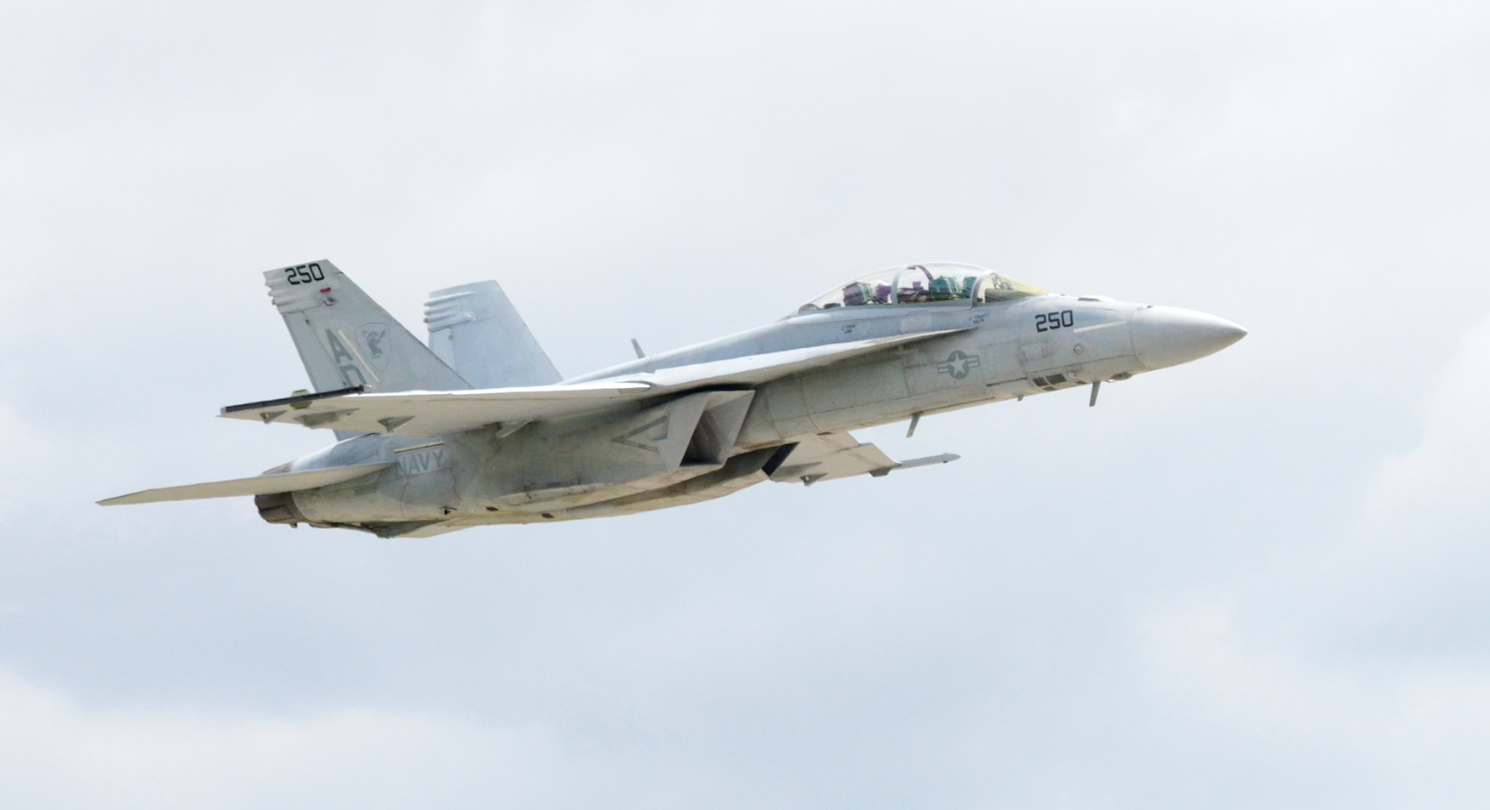
The Block III upgrade masters modern electromagnetic combat. Enhanced data processing maintains Mach 1.6 performance across mission profiles. Digital systems transform threat response options. In the invisible war of electronic warfare, this platform ensures you’re always one step ahead.
1. A-29N Super Tucano
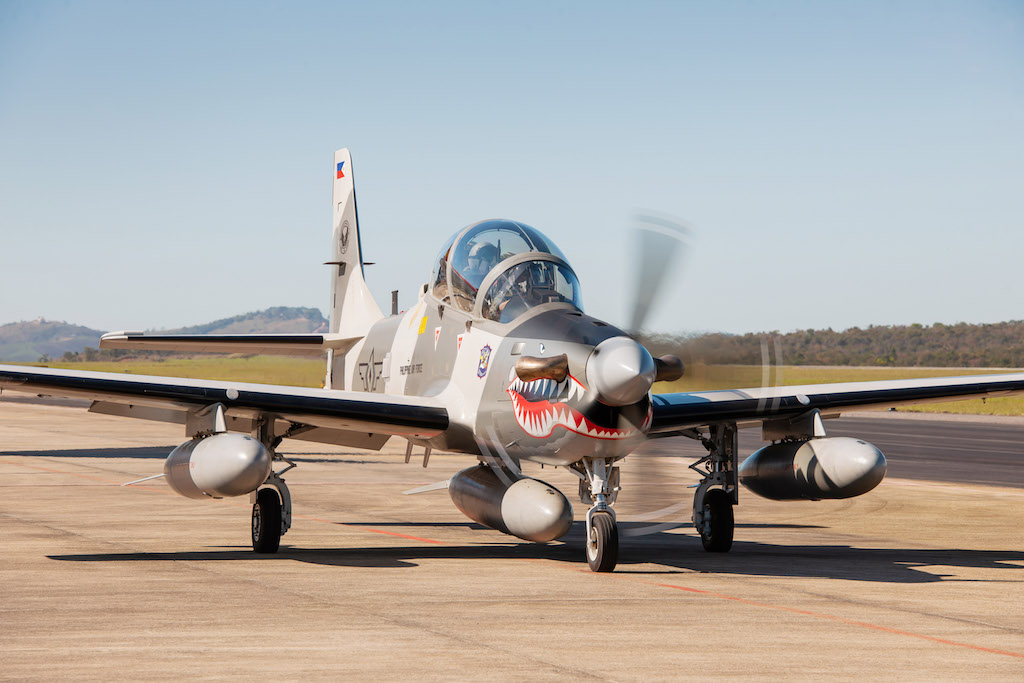
The Super Tucano exemplifies light attack aircraft evolution. Looking for close air support in austere conditions? This platform delivers. Modern surveillance systems merge with 450 nautical mile combat radius capabilities. When the dust settles, this workhorse stands ready for another mission.

